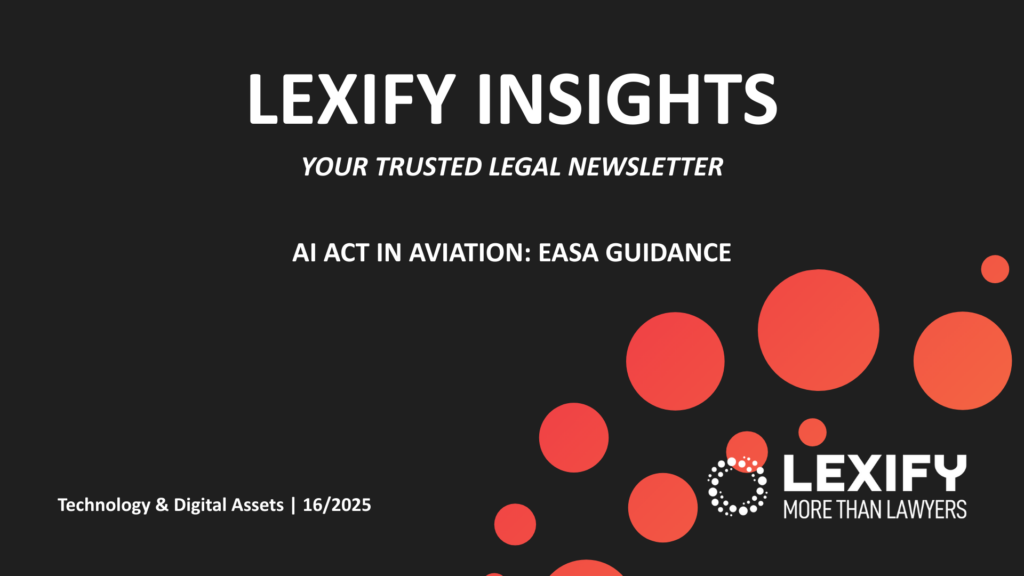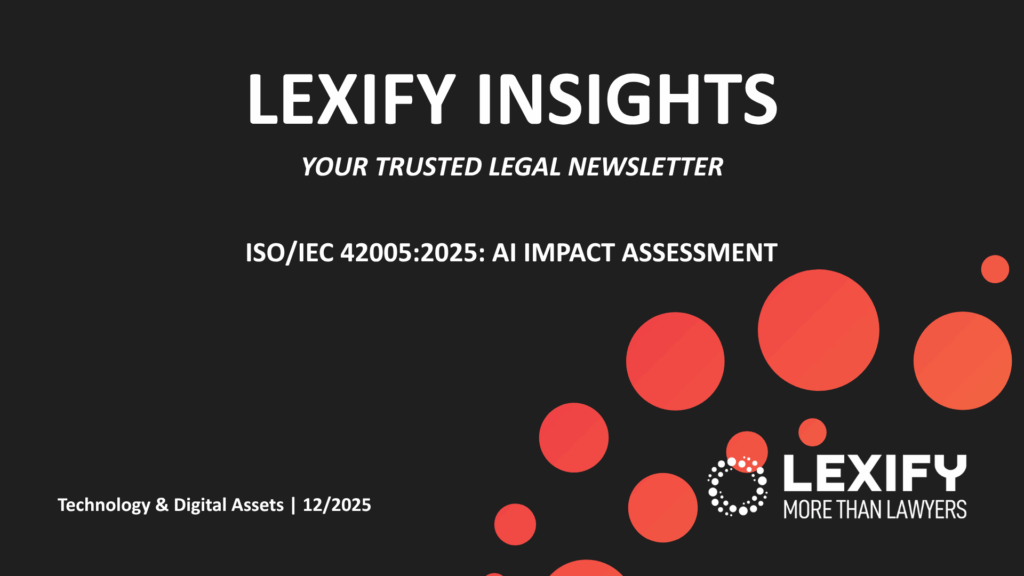
Introduction
The European Securities and Markets Authority (ESMA) recently issued a clarifying response regarding the treatment of staking services within the context of the Regulation (EU) 2023/1114 (“MiCA”). On June 20, 2024, ESMA addressed the question of whether MiCA prohibits staking.
Definition of Staking
ESMA defines staking as “the process of immobilizing crypto-assets to support the operations of proof-of-stake and proof-of-stake-like blockchain consensus mechanisms in exchange for the granting of validator privileges that can generate block rewards”.
ESMA pointed out that MiCA does not contain specific provisions regarding staking; thus, it neither prohibits it nor imposes specific requirements or licenses for it.
Although MiCA does not explicitly mention staking or block rewards, there are specific references to “interests” within the provisions that regulate Asset Reference Tokens (ARTs) and E-Money Tokens (EMTs), and that can be connected to staking, particularly with respect to “block rewards”. Article 40 and 50 of MiCA outline the prohibition of granting interest on ARTs and EMTs. Specifically, it mandates that issuers of such tokens are not permitted to grant interest related to the tokens. Similarly, Crypto-Asset Service Providers (“CASP”) are prohibited from granting interest when offering services related to both ARTs and EMTs. For the purposes of this prohibition, MiCA does not define “interest”, but it covers any form of remuneration or benefit linked to the duration for which a holder retains asset-referenced tokens shall be treated as interest. This includes net compensation, discounts, or other benefits with effects equivalent to interest, whether provided directly by the issuer or third parties, and directly associated with the asset-referenced tokens or derived from the remuneration or pricing of other related products[1].
Staking-as-a-service
In addition, ESMA highlighted that, as opposed to technical staking (see definition above), staking could be provided “by intermediaries that undertake to stake client’s crypto-assets on their behalf” (staking-as-a-service). In staking-as-a-service model, the staking service providers collects the yield or gains validator privileges, allowing them to earn block rewards. These yields or rewards are then distributed between the provider and the clients, who are the ultimate owners of the staked crypto-assets.
If the staking service provider holds the crypto-assets (including cases where the provider holds private keys), ESMA considers this service as ancillary to crypto-asset custody. Custody is a service regulated by MiCA, requiring the provider among other things to have a custody policy, be responsible for any losses of crypto-assets attributable to them, and segregate company assets from staked crypto-assets[1].
Therefore, providing staking services could require the provider to be authorized under MiCA to offer custody and administration services for crypto-assets on behalf of clients, unless the provider is already a financial intermediary authorized to provide financial services under Directive 2014/65/EU (“MiFID II”). In this case, a previous notification to the relevant National Competent Authority is required[1].
Is staking a new form of Collective Investment Undertaking?
The European regulation on investment funds governs various types of funds, distinguishing between Undertakings for the Collective Investment in Transferable Securities (“UCITS”) funds and Alternative Investment Funds (“AIFs”). Both are forms of collective investment undertakings (“CIUs”). The UCITS framework[1] includes specific provisions for these types of funds regarding investment limits, diversification, and redemption, as well as eligible assets. UCITS funds are open-ended for retail investors. Non-UCITS funds are Alternative Investment Funds, which can invest in various assets, be either close or open-ended, and be marketed to retail and professional investors. These funds are subject to the laws of each Member State, which can vary, but the regulatory framework on AIFs provides specific rules for depositories and managers of alternative funds[2].
Given that pooling could be a key element in staking-as-a-service (“StaaS”), there has been speculation about whether this service could be considered a form of collective investment. However, a CIU can only be configured if (i) there is pooling of assets; (ii) it involves investment and not just a mere commercial operation; and (iii) the pooled assets are managed by a third party. Therefore, regarding the characteristic of a “collective” investment, the most practical question to understand whether the assets are effectively pooled would be: do the assets face the same consequences in case of insolvency? In other words, does each investor have a separate wallet?
Based on the above, native staking, which involves locking up crypto-assets in a blockchain network to perform network functions (e.g., transaction validation or block creation), is typically done through smart contracts in a decentralized structure. Such activity is unlikely to fall under the scope of an CIU as it does not involve strategic pooling of assets or centralized management.
More delicate is the case of a StaaS provider whose act of distributing rewards might resemble the structure of an AIF, particularly concerning the emergence of a well-defined investment policy. A key use cases is Uniswap which provides staking services only with the aim of providing liquidity in its network, lacking a predefined and proper investment policy. Instead, users provide liquidity to facilitate decentralized trading.
In summary, in order to avoid potential requalification under the CIUs framework such StaaS providers should (a) avoid centralizing and intermediating rewards like any manager, (b) maintain a “peer-to-peer” relationship among investors and keep rewards distribution effectively decentralized, focusing on the technical aspects of smart contracts that interact with reward distribution, and (c) ensure the assets provided are used for purposes unrelated to an investment policy similar to an AIF, such as being used for swap transactions rather than investment or capital allocation decisions. This is the case for a staking service that facilitates both decentralized trading and price discovery.
Conclusion
Native staking is not explicitly regulated by MiCA, meaning it is neither prohibited nor specifically licensed under the regulation. However, if staking (or similar) activities involve ARTs or EMTs, careful considerations on interest prohibition are required, as well as a structure that does not violate such rule. As opposed to native staking, StaaS providers must be authorized under MiCA unless they are already authorized under MiFID II.
Some may think about staking as a form of CIU. However, native staking is typically decentralized and managed through smart contracts, likely falls outside the scope of CIUs legal framework. However, StaaS providers should ensure a decentralized, peer-to-peer distribution of rewards, avoiding centralized management and adhering to non-investment purposes to remain compliant.
At Lexify, we are specialized in navigating the complex legal landscape of crypto-assets and staking in Europe and Switzerland. Our experienced team supports several clients around the world with MiCA and other relevant regulations that could apply.
[1] See Artt 40 and 50 of MiCA Regulation.
[2] See articles 59, 62, 66, 67, 68, 69, 70, 71, 72, 73, 74 and 75 of MiCA
[3] See art. 60 of MiCA.
[4] See inter alia Directive 2009/65/EC of the European Parliament and of the Council of 13 July 2009 (UCITS Directive).
[5] See inter alia Directive 2011/61/EU of the European Parliament and of the Council of 8 June 2011 (AIFM Directive).


